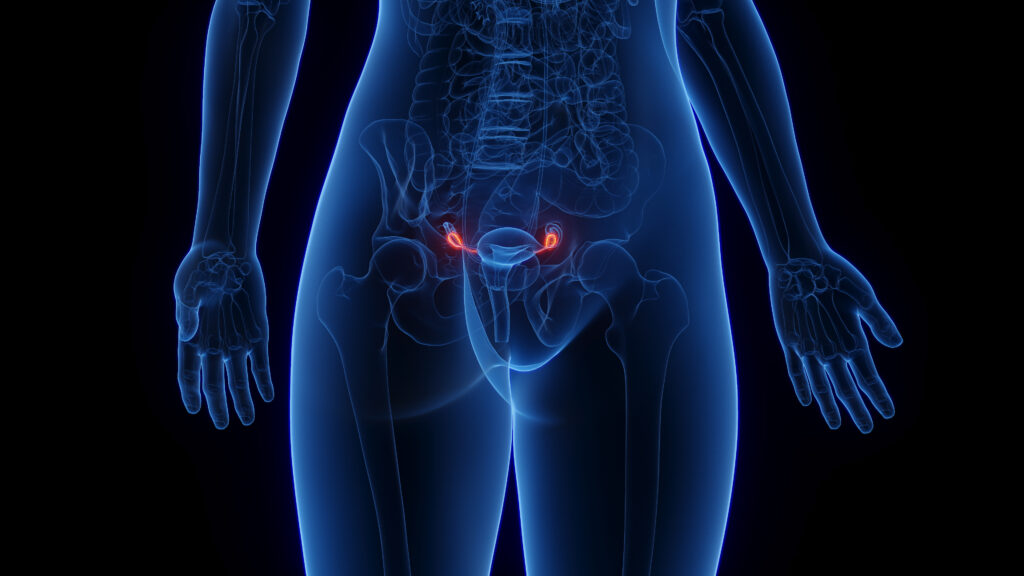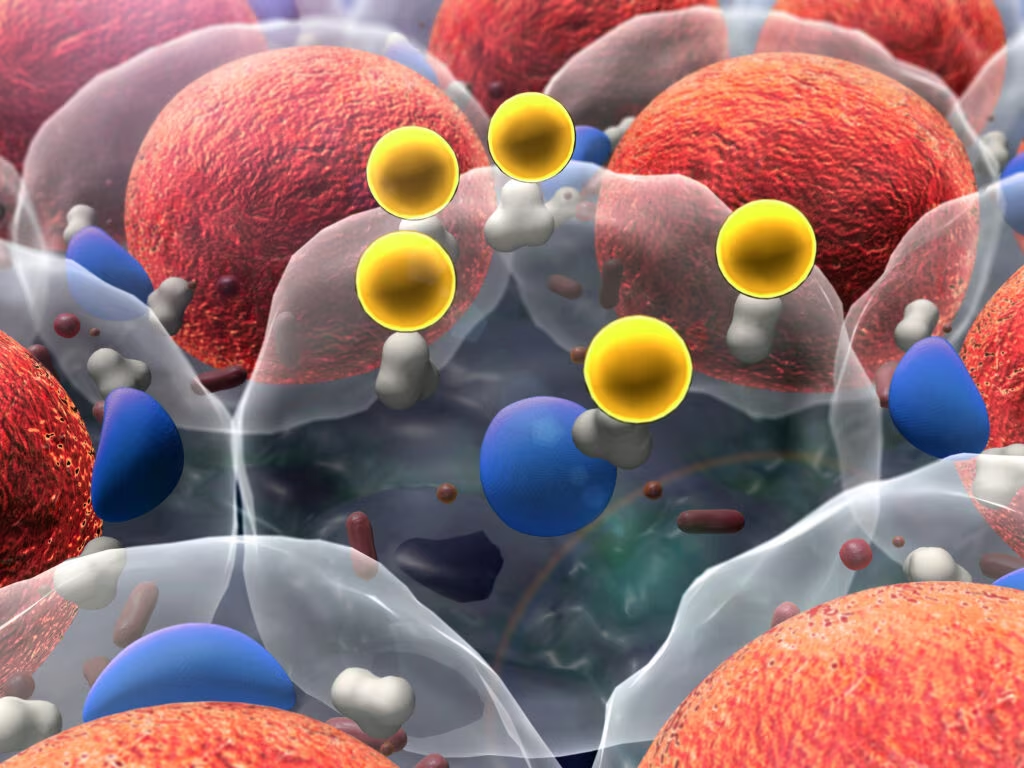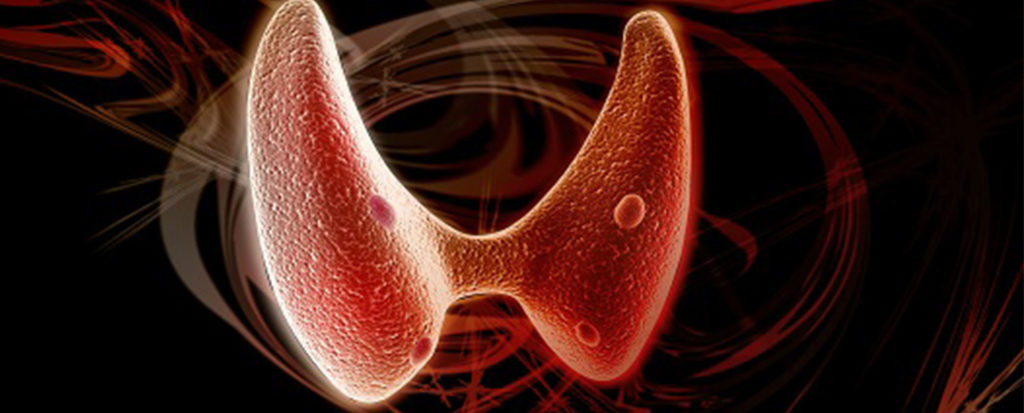Search Results
Showing Results for hyperandrogenism

Polycystic ovary syndrome (PCOS) is a complex, multisystemic condition characterized by reproductive, metabolic and dermatologic manifestations, including hyperandrogenism and ovulatory dysfunction. Despite its prevalence and significant impact on quality of life, PCOS remains underdiagnosed and poorly managed due to its ...

Polycystic ovary syndrome (PCOS) is the most common endocrinopathy affecting women of reproductive age and is characterized by hyperandrogenism, anovulation and insulin resistance (IR).1 Women with PCOS have a high risk of developing type 2 diabetes (T2D), dyslipidaemia, hypertension and ...

Cushing’s disease (CD) is caused by an adrenocorticotropic hormone (ACTH)-secreting pituitary adenoma, or rarely carcinoma, and is considered a highly morbid endocrine disorder with few medical options.1,2 Although transsphenoidal pituitary surgery (TSS) is the mainstay of treatment for ...

Osilodrostat, a novel potent oral steroidogenesis inhibitor, has recently been approved for the treatment of adult patients with endogenous Cushing’s syndrome (CS), and Cushing’s disease (CD) not cured by pituitary surgery or in whom pituitary surgery is not ...

Hypertension affects up to 40% of the adult population worldwide,1 and according to the World Health Organization’s 2021 estimates, globally 1.28 billion adults between 18 and 79 years are affected.2 Of these, 85% have essential hypertension3 and the remainder have secondary hypertension, which is potentially ...

Polycystic ovary syndrome (PCOS) is a very common disease, with an incidence of 5−21% in women during their fertile life (18–45 years of age) worldwide.1 PCOS is clinically diagnosed when two of the three 2003 Rotterdam consensus criteria are met: (i) chronic anovulation ...

Polycystic ovary syndrome (PCOS) is a heterogeneous syndrome, considered the most common endocrinopathy in women of reproductive age, with a prevalence of 6–8% in premenopausal women.1,2 However, long-term sequelae are extended beyond the reproductive axis, being present from birth to senescence. ...

Postmenopausal state is associated with changes in the hormonal milieu characterized by reduced oestrogen, increased gonadotrophins and a small increase in testosterone levels.1,2 As a result, it is not uncommon for women in postmenopausal age group to show mild increases ...

Polycystic ovary syndrome (PCOS) is a heterogeneous androgen-excess disorder that presents with different degrees of reproductive and metabolic dysfunctions; it is also associated with insulin resistance and metabolic syndrome.1 The global prevalence estimates of PCOS in women of reproductive age ...

Polycystic ovary syndrome (PCOS) is a common hormonal, lifestyle, and metabolic disorder, managed by a diverse team of doctors, such as endocrinologists, gynecologists, dermatologists, and internists, depending on the predominant clinical phenotype and the age of presentation of the individual.1 ...

Polycystic ovary syndrome (PCOS), the most common endocrine disorder in women of reproductive age, is a heterogeneous androgen-excess disorder with different degrees of reproductive and metabolic dysfunctions.1 Thyroid disorders are also quite common and are among the most common endocrine ...

Lifestyle Obesity has a negative impact on the reproductive outcome of women with polycystic ovary syndrome (PCOS). It affects natural conception reducing the chance of spontaneous ovulation, and increases the rate of miscarriage as well as the risk for ...

Introduction Diabetes mellitus (DM) is a group of metabolic disorders characterized by high blood glucose levels. According to International Diabetes Federation (IDF) 2017 data, there were 425 million persons with DM worldwide, and that is expected to reach 629 million by 2045.1 Normal sexual ...

Growth/growth hormone/insulin-like growth factors Evidence has long supported insulin-like growth factor-2 (IGF-2) as an important fetal growth factor. Begemann and co-workers from Germany and the Netherlands report four patients from a multigenerational family with the combination of severe ...

Polycystic ovary syndrome (PCOS) is the most common endocrine disorder in reproductive age women.1 According to National Institutes of Health (NIH) criteria (presence of ovulatory dysfunction and hyperandrogenism, after exclusion of related disorders), PCOS is estimated to affect 6–8% of women ...

Polycystic ovary syndrome (PCOS) is the most common endocrinopathy in women of reproductive age, with an approximate prevalence of 6–10 %.1–3 Characterized by clinical features of hyperandrogenism (such as hirsutism) and/or biochemical androgen excess and ovulatory dysfunction, PCOS is additionally associated ...

Obtaining a Diagnosis of the Patient with Possible Polycystic Ovary SyndromeWhenever attempting to diagnose PCOS, it is important to define the population at high risk for having the syndrome. Women with unwanted hair growth7,8 or menstrual disturbances9,10 are highly likely ...

The past 50 years have seen extraordinary developments, from the somatomedin hypothesis1 to a broad understanding of the insulin-like growth factor (IGF) system with its varied components and diverse actions.2 At the centre of the system is IGF-1, the insulin-like peptide ...
Latest articles videos and clinical updates - straight to your inbox
Log into your Touch Account
Earn and track your CME credits on the go, save articles for later, and follow the latest congress coverage.
Register now for FREE Access
Register for free to hear about the latest expert-led education, peer-reviewed articles, conference highlights, and innovative CME activities.
Sign up with an Email
Or use a Social Account.
This Functionality is for
Members Only
Explore the latest in medical education and stay current in your field. Create a free account to track your learning.

